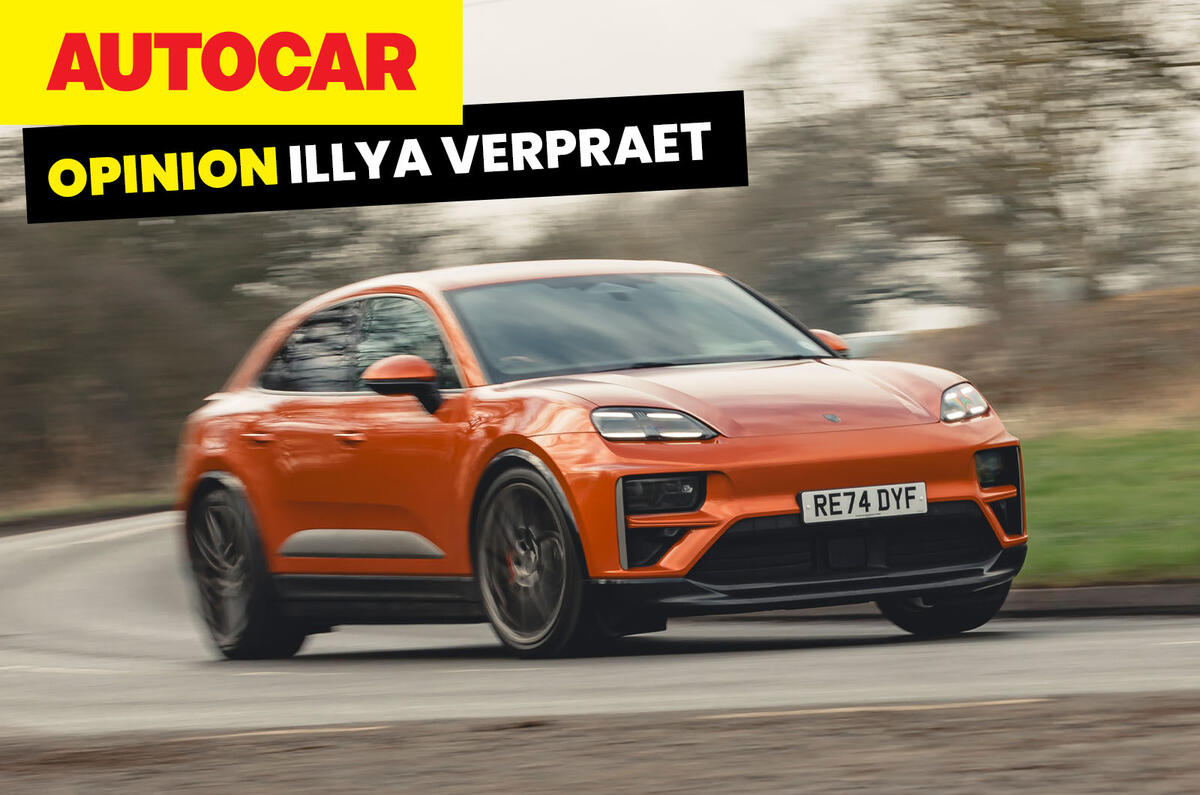Flick through some of our recent road test results and you will notice that we’ve just given 4.5 stars to a sensible electric supermini, the Renault 5, but awarded the supposedly exciting Porsche Macan Turbo Electric and Maserati Granturismo Folgore only 3.5 stars.
Has Autocar lost its sense of fun in old age? Or are all electric cars just boring?
Well, neither, I hope. What it demonstrates is that car makers need to fundamentally rethink the way they approach designing their range-topping performance models.
Things used to be more straightforward: faster equals better. Consider a 1990s BMW 3 Series. The one you want is the full-fat 328i or, if you can afford it, the M3, isn’t it?
The four-cylinder versions are a bit rattly, the lower-rung sixes are still not exactly quick and the M3’s engine has that extra bit of motorsport zing.
With a typical fast EV, you get an extra motor for four-wheel drive and a boatload more power.
But I don’t think those things are especially desirable. Four-wheel drive is great if you need to get up a snowy mountain or need to tow a horsebox out of a field, but with modern traction and stability control systems, it’s not that useful on the road. If your car is so powerful that it needs four-wheel drive on the road, you might simply have too much power.
Speaking of which, our ’90s M3’s engine had a fundamentally different character to the common-or-garden 320i’s, whereas in your 600bhp EV there’s just more of the same.
And it’s not like cheaper models are short of grunt: the basic Macan Electric still has 356bhp, does 0-62mph in 5.7sec and generally has more performance than you can use on the road.
The Macan Turbo Electric in particular just felt like a worse version of the lower-order models. You accept that an M3 is less economical than a 316i, because it has a straight six that revs to 7200rpm and makes a great noise.









Join the debate
Add your comment
How much power do you need to get from A to B?, your supposed to obey the speed limits , A roads it's 60mph max, M ways it's 70mph and not many of us respect them, cars with 2 3 400hp are within the grasp of more people these days,and yes, it's nice to have that extra torque to overtake,but, what about the times you've misjudged it and just made it back to your side of the road, has that made you think?, it's driver education that needs beefed up, if you want to drive powerful cars on public roads , then a mandatory test should be implemented, there are too many heroes on the roads today, no, cars with too much power in the wrong hands are dangerous, and Ev's in the wrong hands could be terminal for those involved in road accidents.
There is, what I call, a 'bandwidth of enjoyment' where steering, handling, grip and useable power all come together as one.
Excess power takes you outside of those parameters.